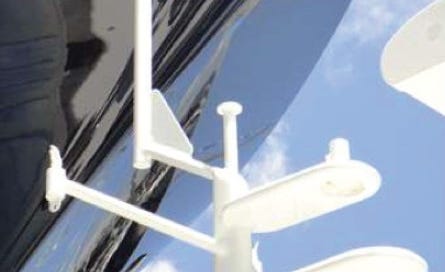Sportfishing Giant Adopts 'Experimental' Anti-Lightning System
Viking's Mushroom-Shaped Air Terminal Not Proven To Work, Experts Say

Second in a series.
Viking Yachts is a powerhouse on the American boatbuilding scene, cranking out around 75 battlewagons a year with pricetags of up to $10 million. Like any big sportfish boats, Vikings are more vulnerable to…
Keep reading with a 7-day free trial
Subscribe to LOOSE CANNON to keep reading this post and get 7 days of free access to the full post archives.


